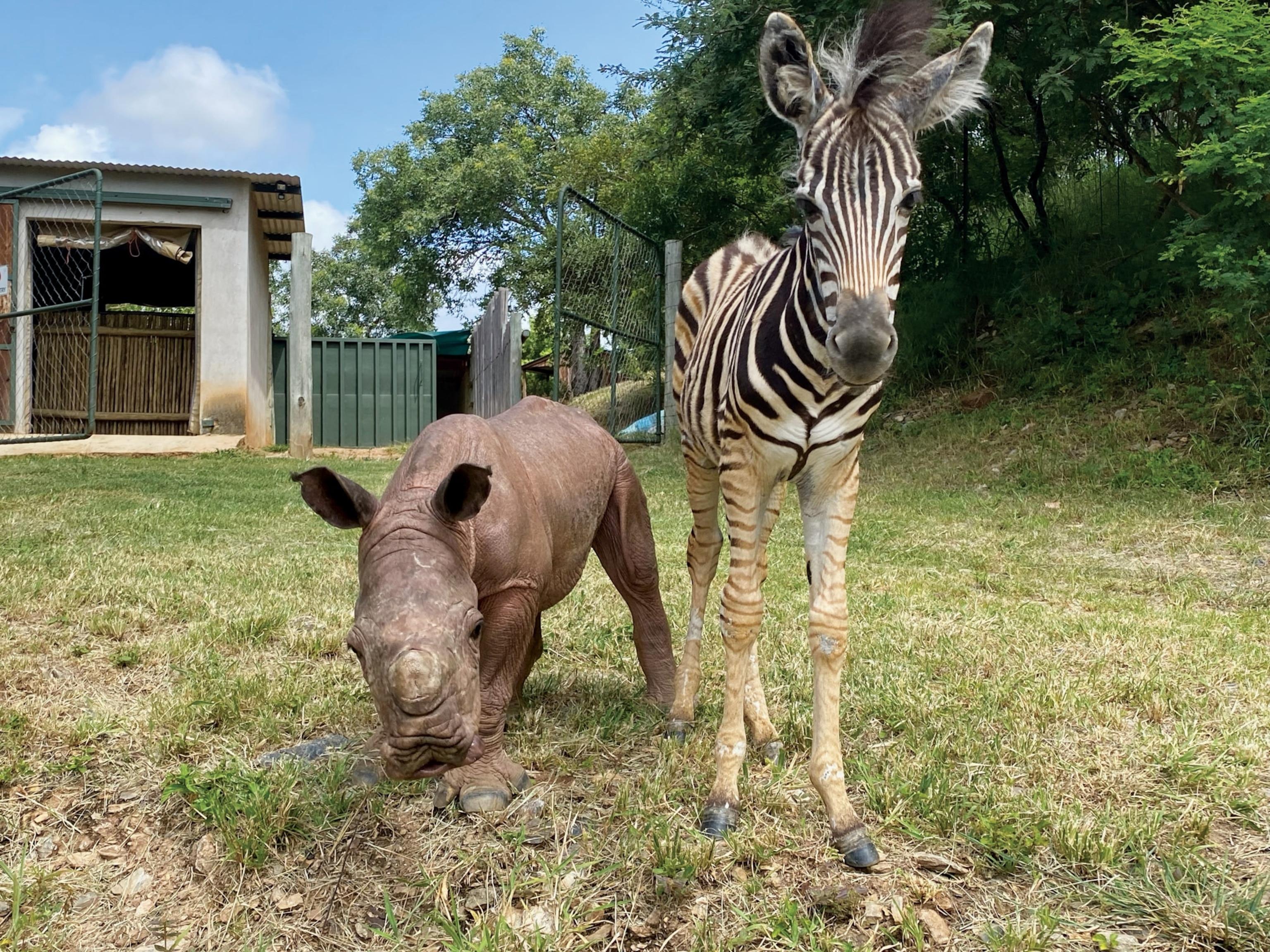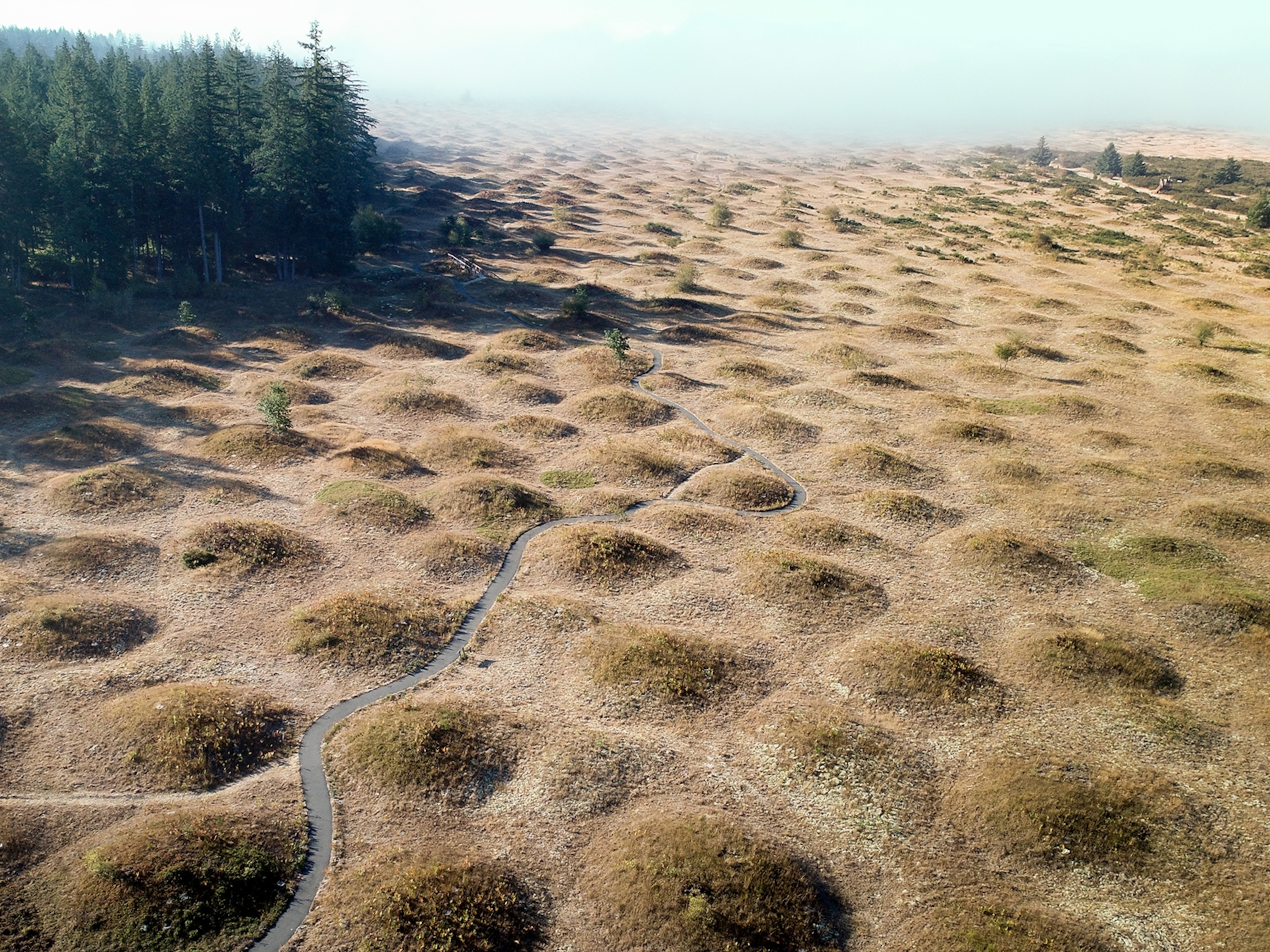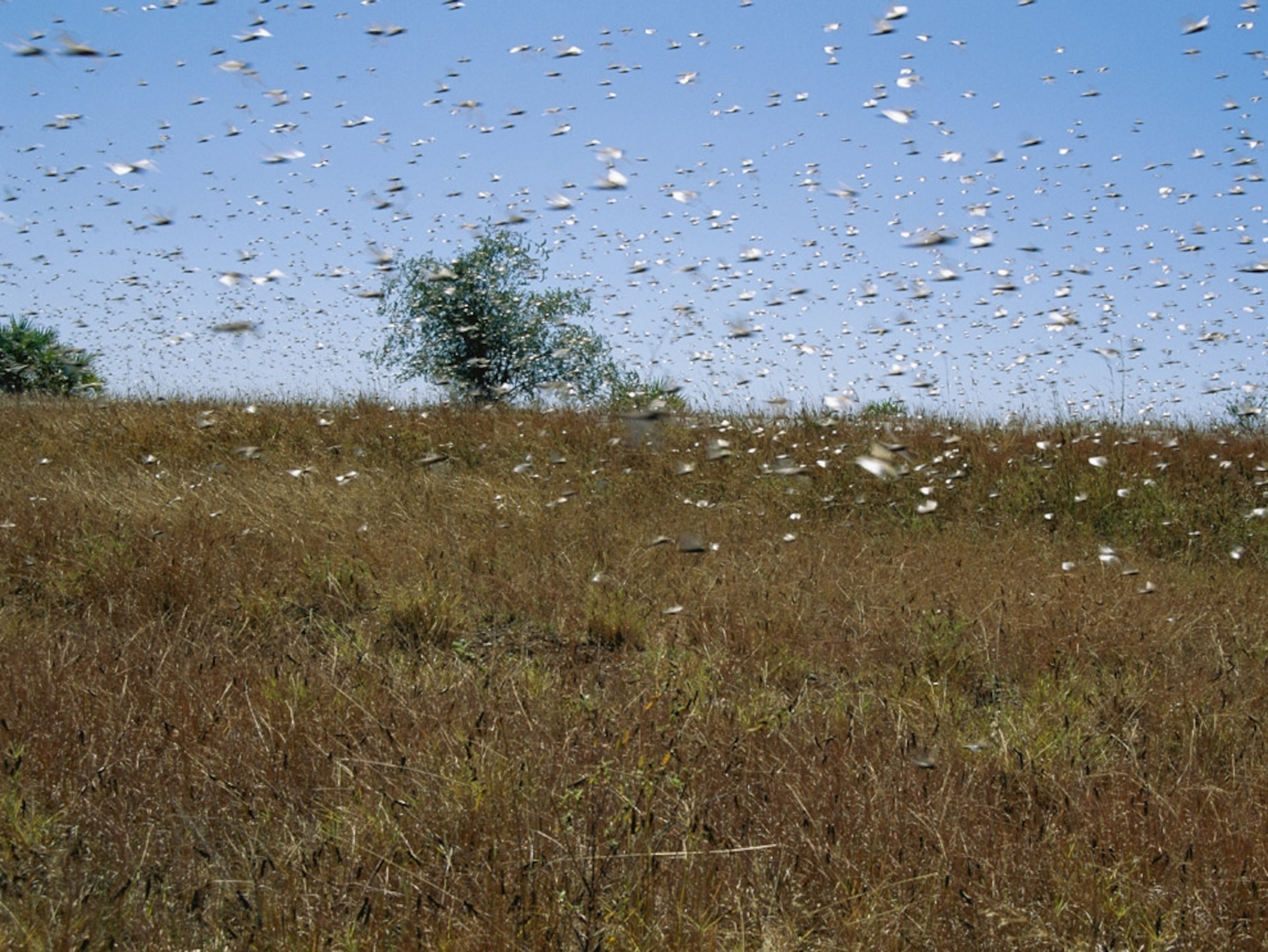
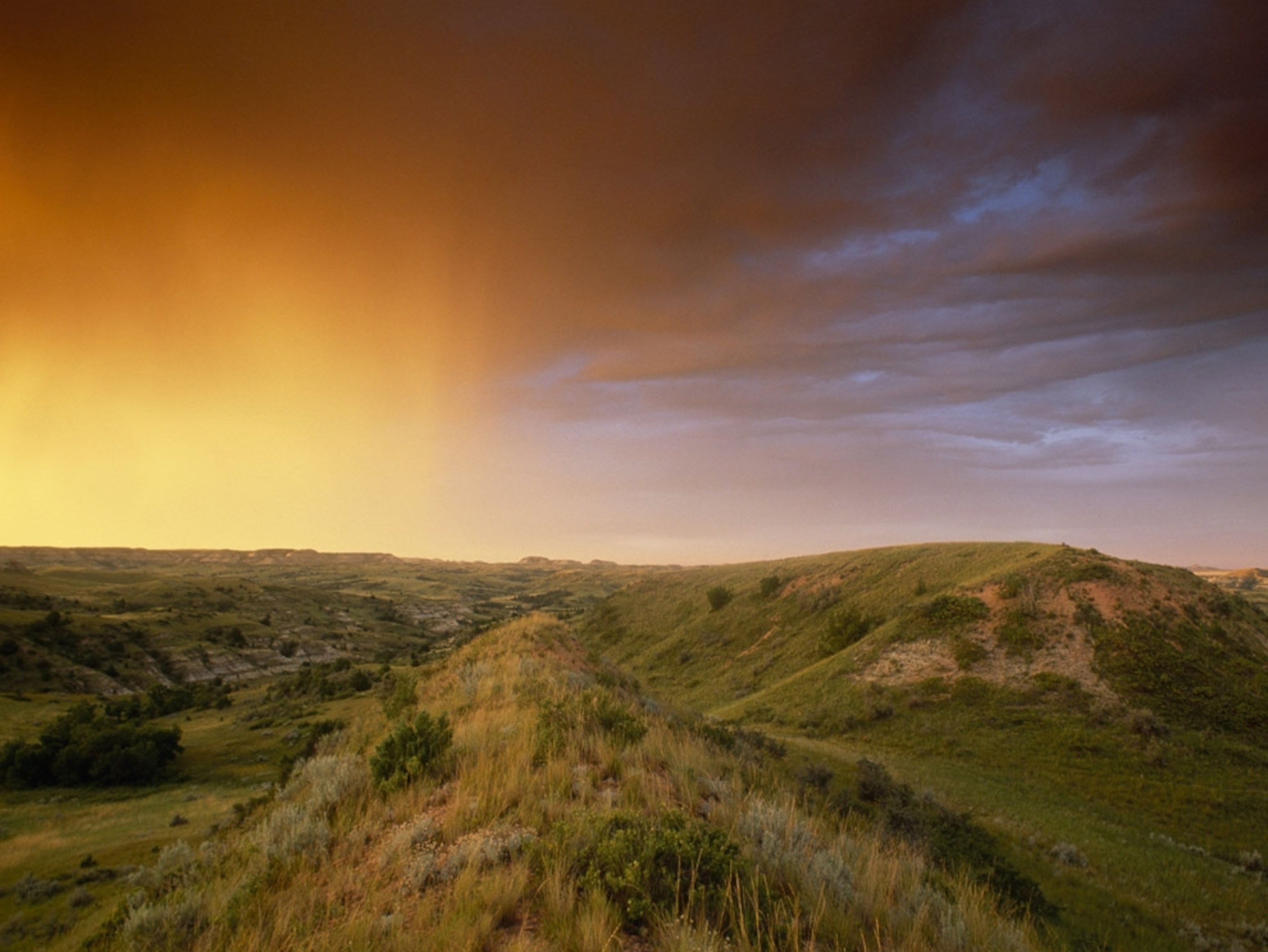
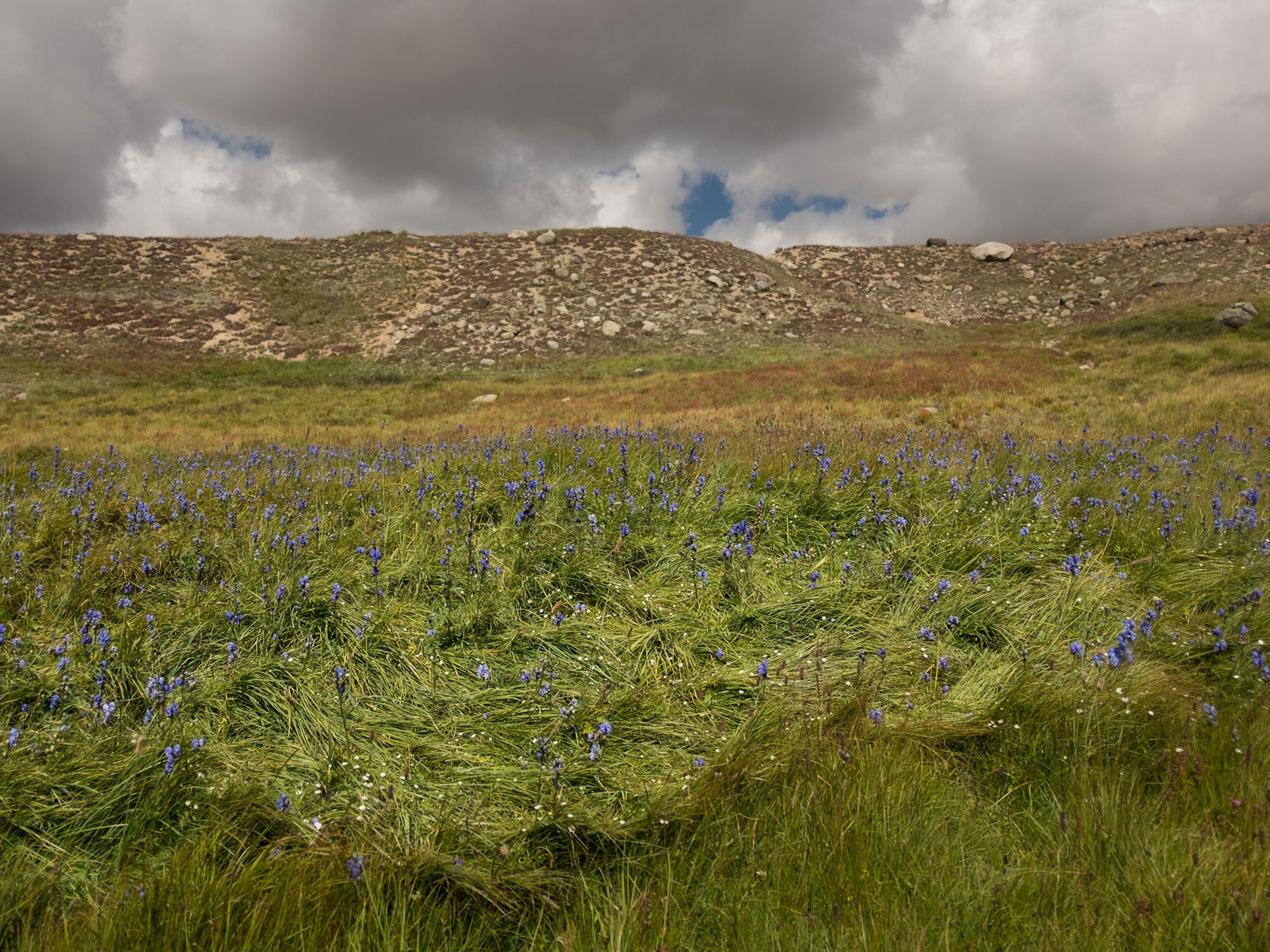




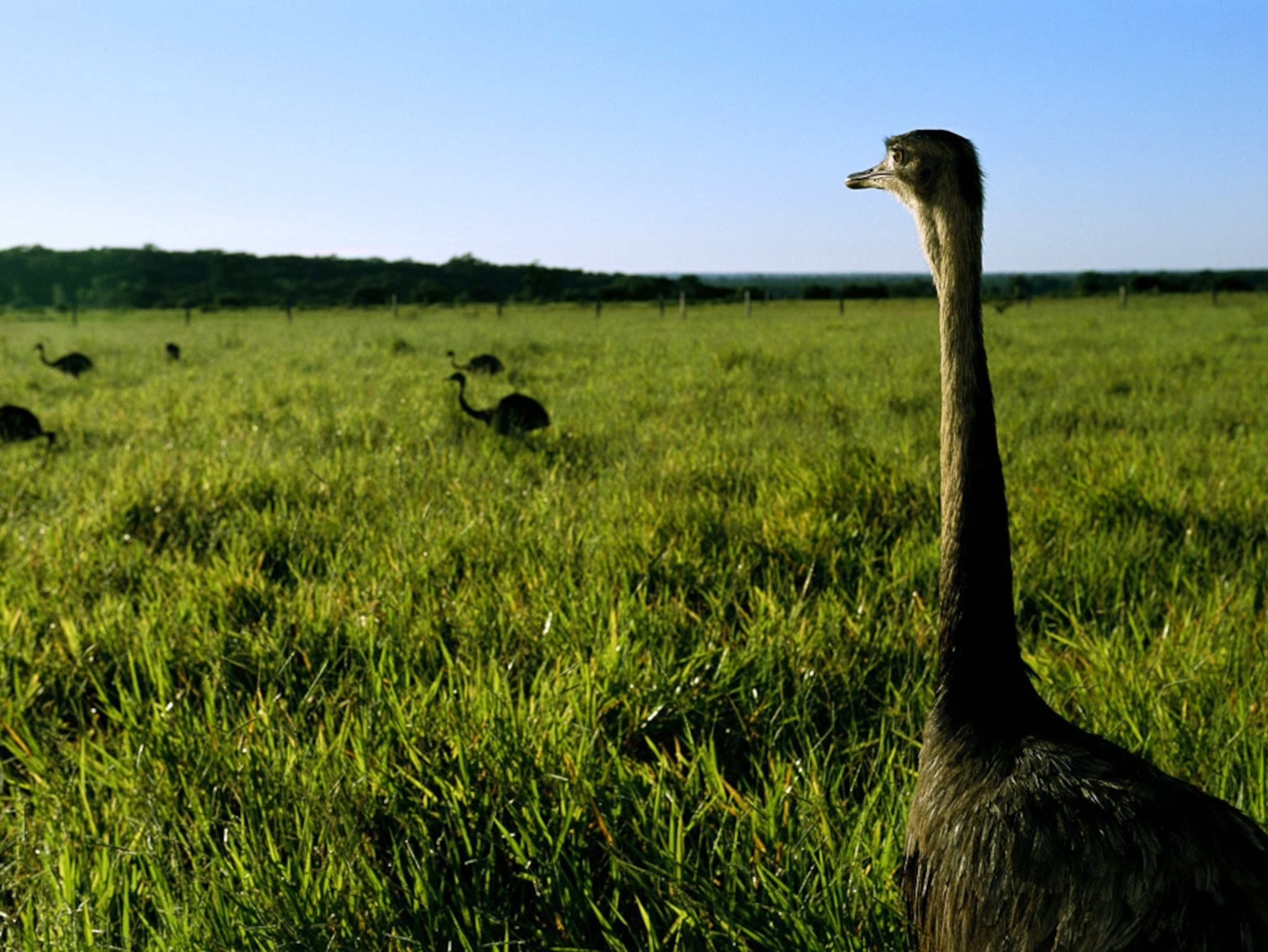



Grasslands, explained
Savanna, steppe, prairie, or pampas: They're all grasslands, the globe's most agriculturally useful habitats.
Grasslands go by many names. In the U.S. Midwest, they're often called prairies. In South America, they're known as pampas. Central Eurasian grasslands are referred to as steppes, while African grasslands are savannas. What they all have in common are grasses, their naturally dominant vegetation. Grasslands are found where there is not enough regular rainfall to support the growth of a forest, but not so little that a desert forms. In fact, grasslands often lie between forests and deserts. (See grassland photos.)
Depending on how they’re defined, grasslands account for between 20 and 40 percent of the world's land area. They are generally open and fairly flat, and they exist on every continent except Antarctica, which makes them vulnerable to pressure from human populations. Threats to natural grasslands, as well as the wildlife that live on them, include farming, overgrazing, invasive species, illegal hunting, and climate change.
At the same time, grasslands could help mitigate climate change: One study found California's grasslands and rangelands could store more carbon than forests because they are less susceptible to wildfires and drought. Still, only a small percentage—less than 10 percent—of the world's grassland is protected.
Types of grasslands
There are two main kinds of grasslands: tropical and temperate. Examples of temperate grasslands include Eurasian steppes, North American prairies, and Argentine pampas. Tropical grasslands include the hot savannas of sub-Saharan Africa and northern Australia.
Rainfall can vary across grasslands from season to season and year to year, ranging from 10 to 40 inches annually. Temperatures can go below freezing in temperate grasslands to above 90 degrees Fahrenheit.
The height of vegetation on grasslands varies with the amount of rainfall. Some grasses might be under a foot tall, while others can grow as high as seven feet. Their roots can extend three to six feet deep into the soil. The combination of underground biomass with moderate rainfall—heavy rain can wash away nutrients—tends to make grassland soils very fertile and appealing for agricultural use. Much of the North American prairielands have been converted into land for crops, posing threats to species that depend on those habitats, as well as drinking water sources for people who live nearby.
Grassland plants and animals
Grasslands support a variety of species. Vegetation on the African savannas, for example, feeds animals including zebras, wildebeest, gazelles, and giraffes. On temperate grasslands, you might find prairie dogs, badgers, coyotes, swift foxes, and a variety of birds. There can be up to 25 species of large plant-eaters in a given grassland habitat, comprising a sort of buffet where different grasses appeal to different species.
Some grass species in these habitats include red oat grass and Rhodes grass in tropical savannas, and purple needlegrass and galleta in temperate areas. When rainy season arrives, many grasslands become coated with wildflowers such as yarrow, hyssop, and milkweed. The plants on grasslands have adapted to the drought, fires, and grazing common to that habitat.
Fires, both natural and human-caused, are important factors shaping grasslands. In the U.S. Midwest, for example, Native Americans set fires to help maintain grasslands for game species such as bison. Fire can also help prevent fire-intolerant trees and shrubs from taking over while increasing the diversity of wildflowers that support pollinators.
Go Further
Animals
- How can we protect grizzlies from their biggest threat—trains?How can we protect grizzlies from their biggest threat—trains?
- This ‘saber-toothed’ salmon wasn’t quite what we thoughtThis ‘saber-toothed’ salmon wasn’t quite what we thought
- Why this rhino-zebra friendship makes perfect senseWhy this rhino-zebra friendship makes perfect sense
- When did bioluminescence evolve? It’s older than we thought.When did bioluminescence evolve? It’s older than we thought.
- Soy, skim … spider. Are any of these technically milk?Soy, skim … spider. Are any of these technically milk?
Environment
- Are the Great Lakes the key to solving America’s emissions conundrum?Are the Great Lakes the key to solving America’s emissions conundrum?
- The world’s historic sites face climate change. Can Petra lead the way?The world’s historic sites face climate change. Can Petra lead the way?
- This pristine piece of the Amazon shows nature’s resilienceThis pristine piece of the Amazon shows nature’s resilience
- Listen to 30 years of climate change transformed into haunting musicListen to 30 years of climate change transformed into haunting music
History & Culture
- Meet the original members of the tortured poets departmentMeet the original members of the tortured poets department
- Séances at the White House? Why these first ladies turned to the occultSéances at the White House? Why these first ladies turned to the occult
- Gambling is everywhere now. When is that a problem?Gambling is everywhere now. When is that a problem?
- Beauty is pain—at least it was in 17th-century SpainBeauty is pain—at least it was in 17th-century Spain
Science
- Here's how astronomers found one of the rarest phenomenons in spaceHere's how astronomers found one of the rarest phenomenons in space
- Not an extrovert or introvert? There’s a word for that.Not an extrovert or introvert? There’s a word for that.
- NASA has a plan to clean up space junk—but is going green enough?NASA has a plan to clean up space junk—but is going green enough?
- Soy, skim … spider. Are any of these technically milk?Soy, skim … spider. Are any of these technically milk?
Travel
- Could Mexico's Chepe Express be the ultimate slow rail adventure?Could Mexico's Chepe Express be the ultimate slow rail adventure?
- What it's like to hike the Camino del Mayab in MexicoWhat it's like to hike the Camino del Mayab in Mexico
